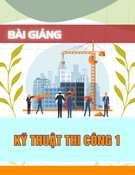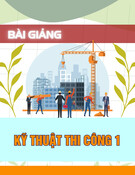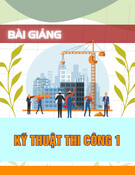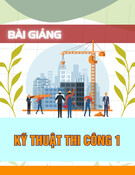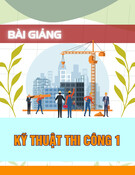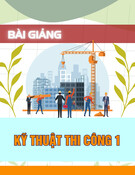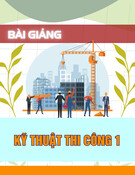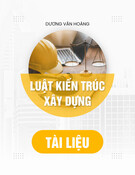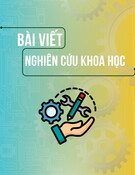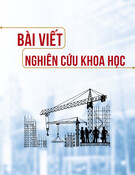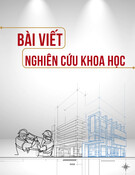
CAN THO JOURNAL OF SCIENCE AND TECHNOLOGY - No.05 - February, 2025
41
BUILDING A PLANT FOR SIMULATING STEPS OF OPERATION
IN A CEMENT PRODUCTION LINE SEQUENTIALLY
Nguyen Minh Quan
2
, Huynh Nhat Dau
2
, Nguyen Hoang Thong
2
, Nguyen Thi Thuy Hong
1
,
Nguyen Truc Anh
1
, and Do Vinh Quang
1
1Can Tho University of Technology
2Student of Faculty of Mechanical Engineering, Can Tho University of Technology
Email: dvquang@ctuet.edu.vn
ARTICLE INFO
Received: 26/12/2024
Revised: 11/02/2025
Accepted: 13/02/2025
Keywords: Plant, PLC, SCADA,
WinCC Unified
ABSTRACT
The cement industry plays a crucial role in providing
construction materials, directly contributing to infrastructure
development and economic growth. Being interned at a
cement manufacturing factory is an invaluable experience for
engineering students in learning automation solutions in
industry. During the internship at Hamaco Co., Ltd., a
plant/model for simulating some steps in a Cement
production process was built. This model integrates a
SCADA system on WinCC Unified that enables monitoring
and control of the production process from raw material
intake, processing, blending, to packaging. Additionally, IoT
technology based on the E-RA IoT platform was explored in
order to introduce manufacturers innovative technological
solutions. This model can also serve as a teaching tool that
helps engineering students with practical experience in
working with industrial systems.
1. INTRODUCTION
The cement industry is critical to
Vietnam’s economy, producing 100-105
million tons annually that makes the country
one of the world’s largest cement producers
(Ky Anh, 2022). However, cement factories
face challenges such as high energy
consumption, environmental pollution, and
demands for high-quality products. Therefore,
adopting automation technology to optimize
production processes not only enhances
product quality but also saves energy, reduces
environmental impact, and brings economic
benefits to the industry.
Ray et al. (2013) evaluated the
effectiveness of variable frequency drives
(VFD) in reducing energy consumption and
increasing process efficiency in the cement
industry. VFDs have been applied to
equipment such as fans, crushers, conveyors,
and kilns to facilitate smooth startups,
efficient speed control, cost savings, and
reduced energy losses and pollution.
Heshmat et al. (2013) applied ARENA
software to study and analyze a real cement
production line. After 12 days of simulation,
different bottlenecks, workstations utilization,
buffer capacities and the line production rate
were identified. This data was then used to
reallocate buffers and thus improved line
efficiency.
IoT technology has also been applied to
industrial production for enhancing real-time
data collection, analysis, and control of







